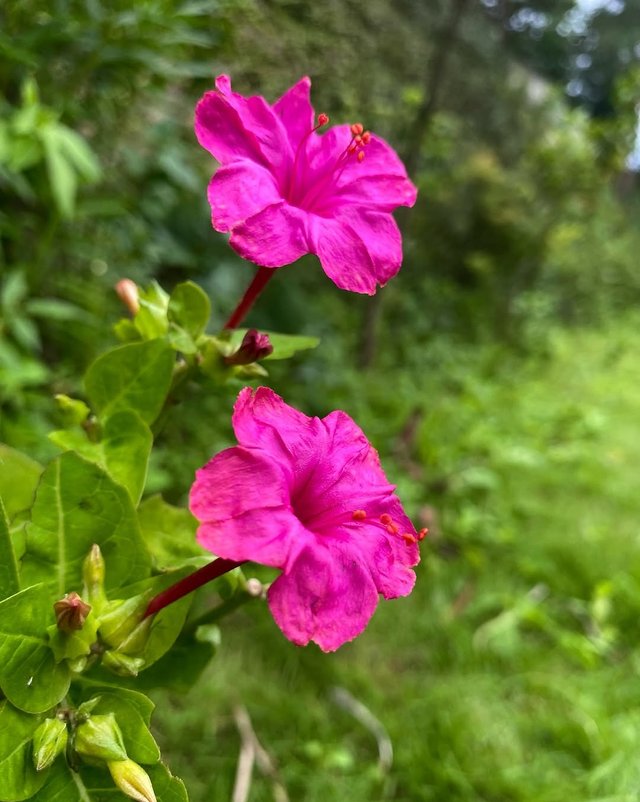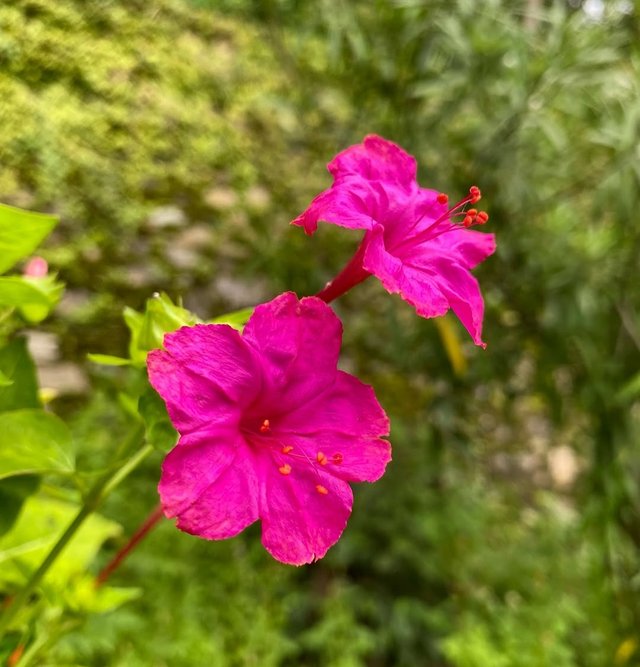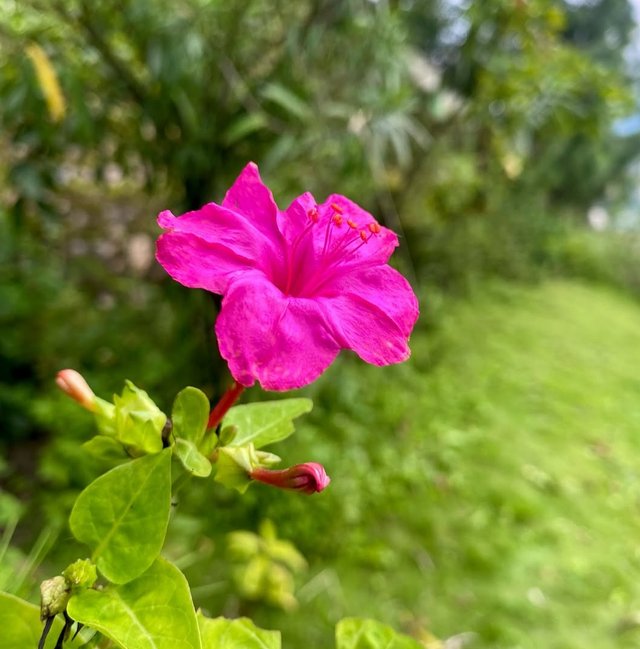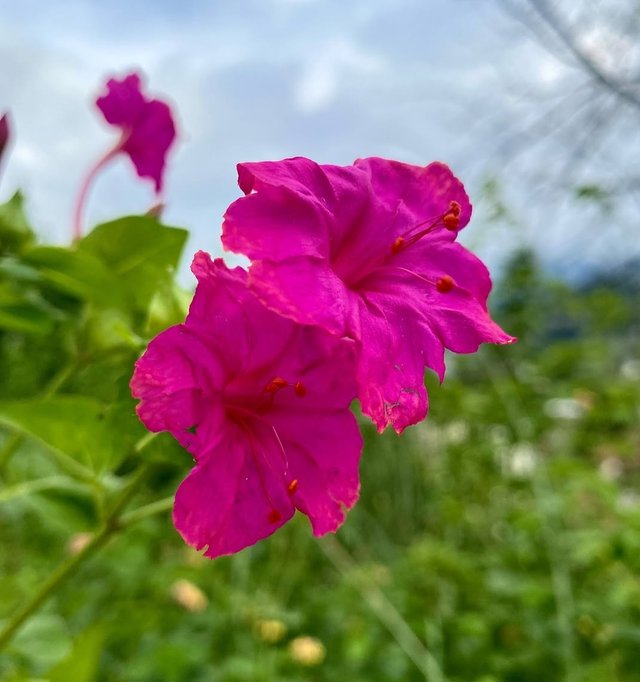Marvel-of-Peru Colour Flower
Marvel-of-Peru is a fascinating flowering plant admired not only for its vibrant beauty but also for its unusual botanical traits. Belonging to the family Nyctaginaceae, it is a perennial plant native to tropical South America, particularly Peru, but today it is widely cultivated across the globe as an ornamental species. This plant is known by several names including Four o’clock flower, Beauty of the Night, and Mirabilis. Each of these names reflects one of its most distinctive features: its flowers open in the late afternoon or early evening, releasing a strong, pleasant fragrance that lingers through the night.
Appearance and Growth
Marvel-of-Peru is a bushy, herbaceous perennial that can grow between 2 to 3 feet tall. It has a spreading habit, forming a rounded mound of lush green foliage. The leaves are ovate, smooth-edged, and pointed, creating a beautiful backdrop for the plant’s blossoms. One of its most enchanting traits is the wide range of colors it produces. Flowers may be pink, red, yellow, white, or magenta, and often, a single plant can display several colors at once. Even more striking, some blooms are bi-colored or speckled, creating an almost hand-painted appearance. This multicolor phenomenon occurs because of genetic variations within the same plant, making it a horticultural curiosity.
The plant produces funnel-shaped flowers that measure about 2 inches across. Unlike many garden flowers that bloom during the day, Marvel-of-Peru flowers open around 4 p.m. and remain open until the following morning. This nocturnal blooming habit allows it to attract night-pollinators, particularly moths and long-tongued insects, which are drawn to its sweet fragrance.
Unique Botanical Features
One of the reasons Marvel-of-Peru has captured the attention of gardeners and botanists alike is its ability to produce flowers of different colors on the same plant. Sometimes a single bloom may show stripes or patches of contrasting shades, while others remain uniform. This trait, known as "sectorial chimerism," is uncommon in the plant world and makes Mirabilis jalapa especially distinctive.
Another unusual aspect is its large, black, wrinkled seeds, which resemble small peppercorns. These seeds are easy to collect and sow, contributing to the plant’s popularity among home gardeners. Despite being a perennial in its native habitat, it is often grown as an annual in temperate regions, as it cannot withstand frost.




%20(9).jpeg)